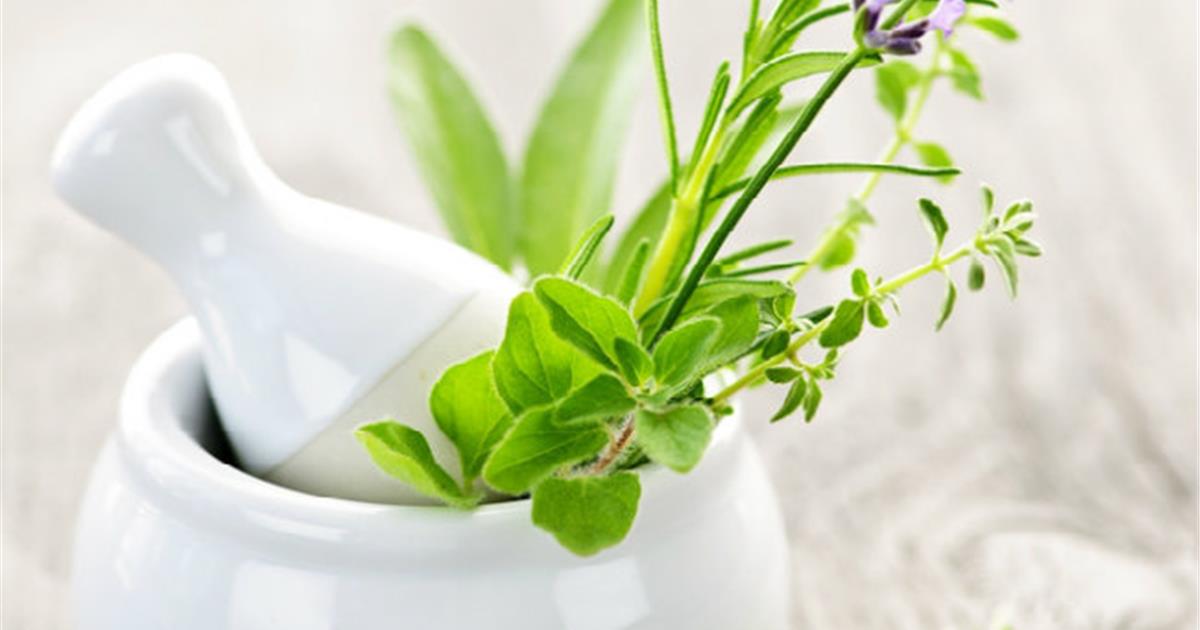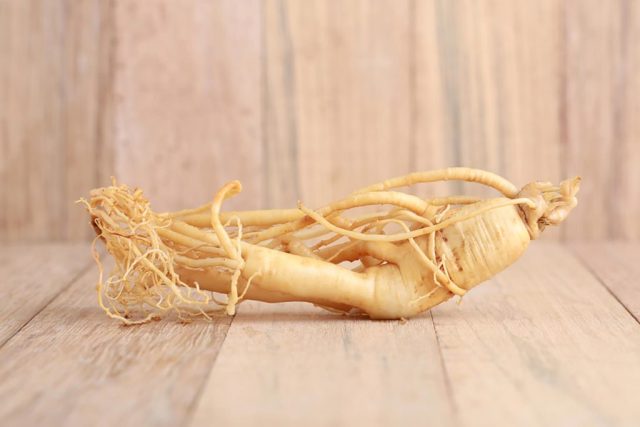One so-called ‘incurable disease’ that afflicts millions of people around the world is type 1 diabetes. Unlike type 2 diabetes, where the body becomes resistant to its own insulin, type 1 is characterized by the inability of the body to produce enough insulin, as the beta cells within the pancreas which are responsible for the production of insulin (and the proinsulin from which it is made) are either destroyed or seriously impaired. This can happen due to autoimmune issues, bacterial or viral infections, incompatible foods in the diet and chemical exposures (or a combination of any one or more of these factors), to name but a few major triggers.
And yet, plenty of peer-reviewed and published research now indicates that plant compounds, including many found within commonly consumed foods, are capable of stimulating beta cell regeneration within the pancreas, and as a result may be potentially provide a cure – truly a four letter word, as far as the profit-based model of medicine goes, which thrives on the concept of the incurability of the disease-afflicted human body in favor of symptom management.
The discovery of the beta cell regenerative potential of various food and compounds is bound to upset a burgeoning diabetes industry, with millions of dollars of public and private money continually being poured into fund-raising efforts for a future “cure”; A cure that will presumably be delivered through the prohibitively expensive pharmaceutical,vaccine or biologic (e.g. stem cells, islet cell xenotransplantation) pipeline, which by the very nature of the FDA drug approval process requires the promotion of synthetic (and therefore patentable) compounds over natural ones.
Let’s take a look at the latest preclinical study on the topic, published last month in the Canadian Journal of Physiology and Pharmacology[1]. An active fraction of flaxseed, which researchers named Linun usitassimum active fraction (LU6), was found to generate a wide range of benefits in a type 1 diabetes animal model, including the following:
- Improved glucose utilization in the liver
- Supported normalized glycogenesis (glucose forming activity) in the liver and muscle tissue
- Reduced pancreatic and intestinal glucosidase inhibitory activity, which translates into lower post-meal blood sugar elevations
Even more remarkable was the observation that this flaxseed compound normalized plasma insulin and C-peptide levels (C peptide is not C-reactive protein, rather it is a direct indicator of how much insulin is being produced by the beta cells in the body. An indication that beta cell function was effectively restored. The researchers described the truly amazing results as follows:
Normalization of plasma insulin and C-peptide levels were observed in diabetic mice, indicating endogenous insulin secretion after the treatment with LU6. The histochemical and immunohistochemical analysis on pancreatic islets suggests the role of LU6 fraction in islet regeneration and insulin secretion as evident in increase functional pancreatic islets producing insulin. Furthermore, significant insulin producing islet formation was also observed in in vitro PANC-1 cells after LU6 treatment, indicating the cellular aggregates to be newly formed islets. This suggests the potential of LU6 fraction in the formation of new islets in vitro, as well as in vivo. Thus, LU6 can be used as a nutraceutical-based first-line treatment for diabetes. [emphasis added]
Keep in mind that this is not the first time that flaxseed has been found to improve blood sugar disorders. We have a few studies on GreenMedInfo.com already indexed on the topic that you can view here: Flaxseed and Diabetes
Furthermore, we have found a broad range of natural substances experimentally confirmed to stimulate beta cell regeneration, 10 of which are listed below:
- Arginine: a 2007 study found that the amino acid L-arginine is capable of stimulating the genesis of beta cells in an animal model of alloxan-induced diabetes.
- Avocado: A 2007 study found that avocado seed extract reduced blood sugar in diabetic rats. Researchers observed a restorative and protective effect on pancreatic islet cells in the treated group.
- Berberine: A 2009 study found that this plant compound, commonly found in herbs such as barberry and goldenseal, induces beta cell regeneration in diabetic rats, which lends explanation for why it has been used for 1400 years in China to treat diabetes.
- Chard: A 2000 study found that chard extract given to diabetic rats stimulates the recovery of injured beta cells.
- Corn Silk: A 2009 study found that corn silk reduces blood sugar and stimulates beta cell regeneration in type 1 diabetic rats.
- Curcumin (from Turmeric): A 2010 study found that curcumin stimulates beta cell regeneration in type 1 diabetic rats. Additionally, a 2008 study found that curcumin preserves pancreatic islet cell survival and transplantation efficiency.
- Genistein (from soy, red clover): A 2010 study found that genistein induces pancreatic beta-cell proliferation through activation of multiple signaling pathways and prevents insulin-deficient diabetes in mice.
- Honey: A 2010 human study found that long-term consumption of honey might have positive effects on the metabolic derangements of type 1 diabetes, including possible beta cell regeneration as indicating by increases in fasting C-peptide levels.
- Nigella Sativa (black seed): A 2003 animal study found that black seed consumption lead to partial regeneration/proliferation of the beta-cells.[11] A 2010 human study also found that the consumption of one gram of black seed a day for up to 12 weeks had a broad range of beneficial effects in diabetics, including increasing beta cell function.
- Stevia: A 2011 human study found that stevia has anti-diabetic properties, including revitalizing damaged beta cells, and compares favorably with the drug glibenclamide but without the adverse effects.





